As those rainy days of winter loom on the horizon, take advantage of the sunny, warm fall days to prepare for winter! Tackling farm maintenance and good management practices now may help you avoid hours of cold, wet emergency repairs this winter.
Fences
During the busy days of summer, routine maintenance of fence lines and scouting for trouble spots may have landed on the back burner. Look for broken or sagging wire, unstable posts, and gate problems.
If you have electric fences, make sure to mow surrounding weeds and grasses that may short out the system. Clean solar panels to collect as much sunlight as possible.
Repost any missing or damaged “no trespassing” or “no hunting” signs. Avoid hunters tragically mistaking livestock for deer or elk.
Pastures
Fall management of pastures has a great deal to do with the health of your pastures next year. This is the time of year for new root growth and storage of carbohydrates in the lower 3-4 inches of the stem. Any management of a pasture that hinders these two processes will mean problems for your pasture in the spring.
The following advice about how to prepare for winter is from Gene Pirelli, Extension Animal Scientist, Oregon State University, and Steve Fransen, Extension Forage Agronomist, Washington State University taken from their article, PASTURE MANAGEMENT: UNDERSTANDING PLANT AND ROOT GROWTH IN THE FALL.
Травянистые растения можно пасти до минимальной высоты, как показано в таблице 1, но не пасти ниже этой высоты. Рекомендуемая минимальная высота стерни позволяет растениям накапливать углеводы для активного повторного роста осенью. Выпас ниже этой высоты приведет к уменьшению осеннего корма и последующего весеннего роста.
| Травяной минимум | Высота стерни |
|---|---|
| Овсяница высокая | 3-4 дюйма |
| Гладкий кострец | 3-4 дюйма |
| Многолетняя ржаная трава | 2 дюйма |
| Фруктовая трава | 3-4 дюйма |
| Луговой кострец | 3-4 дюйма |
| Блюграсс | 3-4 дюйма |
| Тимоти | 4-6 дюймов |
Осень - отличное время для взятия проб почвы, чтобы проверить плодородность пастбищной почвы. Анализы почвы должны проводиться в один и тот же месяц каждый год для последовательности. Ранняя осень также является хорошим временем для внесения питательных веществ на основе результатов анализа почвы. Руководства по удобрениям от Университета штата Орегон помогут вам выбрать тип и необходимое количество питательных веществ. Навоз или другие источники азота можно вносить в зависимости от потребностей растений в питательных веществах, но при этом необходимо следить за тем, чтобы не вносить слишком много азота. Активно растущие растения, полученные в результате внесения большого количества азота поздней осенью, более восприимчивы к зимним повреждениям, поскольку рост замедляет зимнюю спячку. Чрезмерное внесение азота препятствует началу перезимовки растений. Высокое содержание азота снижает концентрацию сахара, поэтому растение пытается пополнить свой истощенный сахарный счет в стерне. Если растениям не дать отдохнуть и подготовиться к зиме, они будут очень восприимчивы к зимним травмам или гибели от первого серьезного холодного зимнего события. При изменении температуры осенью растения защищают себя, вырабатывая тип "антифриза" под названием "пролин". Этот "антифриз" будет накапливаться в каждой живой клетке растения в течение зимнего периода только при отсутствии избыточного азота.
Eastern and western Oregon grass hay growers should follow the same recommendations as folks with pastures. Many grass hay growers with cattle like to move the animals onto the hay field after the last cutting has been removed. This long held practice may do more damage than you realize. The remaining hay stubble is high in storage sugars, just like in the pasture. Livestock tend to readily eat this plant portion because it tastes good. Without adequate storage of basal sugars prior to winter, those plants will have a distinct disadvantage in the spring. If you must graze hay fields in the fall, make sure you’ve given the field adequate time for regrowth to occur and to follow the same guidelines of stubble height minimums as for pastures.
For long-term survival of pastures and hayfields, remember to keep an eye on stubble heights and don’t graze below them. Allow roots to rebuild and shoots to develop by not grazing hard in the fall. Make plans to get on a soil testing schedule, which is usually a test every three to five years. Use that information to make the most economical fertilizer applications. By following some of these management tips, your pasture should be productive for many years.
Чтобы прочитать полный текст этой статьи об управлении осенними пастбищами, нажмите на ссылку ниже.
[wpfilebase tag=file path=’conservation/rural/Late-Summer-Fall-Pastures-reformatted.pdf’ /]


